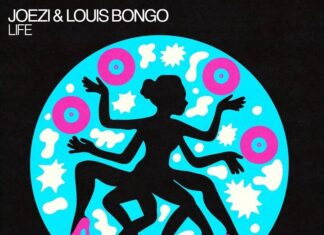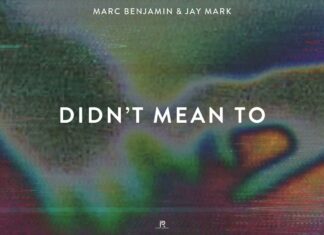
Introduction
Music streaming has revolutionized how we consume music, offering instant access to millions of tracks. But with so many platforms competing for attention, which one delivers the best value for listeners and fair compensation for artists? In this guide, we break down the most lucrative music streaming platforms of 2025, analyzing their strengths, weaknesses, and unique offerings.
1. Spotify: The All-Rounder
Why It Stands Out:
- Vast Library & Discovery Tools: Spotify boasts over 100 million tracks, 6.5 million podcasts, and AI-driven playlists like Daylist that adapt to your listening habits 85.
- Artist Support: Through Spotify for Artists, creators gain insights into demographics, playlist placements, and royalty tracking. However, its payout rate (~$0.003 per stream) lags behind niche platforms 18.
- Listener Perks: Free and Premium tiers ($11.99/month), offline downloads, and social features like collaborative playlists 68.
Drawbacks: No lossless audio yet, and ads on the free tier can be intrusive 18.
2. Tidal: Audiophiles & Artist Advocacy
Why It Stands Out:
- Hi-Res Audio: Offers FLAC streaming up to 24-bit/192 kHz and Dolby Atmos tracks, making it a favorite for audiophiles 48.
- Artist Compensation: Tidal’s HiFi Plus tier directs 10% of subscriptions to artists, on top of standard royalties—ideal for indie musicians 98.
- Exclusive Content: Live concert streams and early access to albums 4.
Drawbacks: Smaller catalog (110 million tracks) and no free tier 8.
3. Apple Music: Seamless Integration for iOS Users
Why It Stands Out:
- Lossless & Spatial Audio: Includes hi-res ALAC (24-bit/192 kHz) and Dolby Atmos at no extra cost, rivaling Tidal’s quality 48.
- Ecosystem Synergy: Integrates with HomePod, Apple Watch, and CarPlay. The Apple Music Classical app caters to niche listeners 8.
- Artist Tools: Robust analytics and pre-release “pre-save” campaigns to build hype 4.
Drawbacks: No free tier, and Android/PC users face limited features 8.
4. Amazon Music Unlimited: Prime Perks
Why It Stands Out:
- Cost Efficiency: Prime members pay $9.99/month for HD/Ultra HD (24-bit/192 kHz) and spatial audio—cheaper than Tidal 58.
- Alexa Integration: Voice-controlled playback on Echo devices simplifies hands-free listening 6.
Drawbacks: Clunky interface and no video content 8.
5. Qobuz: The Audiophile’s Marketplace
Why It Stands Out:
- Hi-Res Downloads: Unique download store offering 24-bit albums at discounted rates for Sublime-tier subscribers 48.
- Transparency: Publishes per-stream payouts (higher than Spotify), appealing to artists seeking fairness 8.
Drawbacks: Limited social features and smaller catalog (100 million tracks) 8.
6. YouTube Music: For Video Lovers
Why It Stands Out:
- Unique Content: Access to live performances, remixes, and user-generated videos not found elsewhere 49.
- Free Tier: Ad-supported option with offline downloads—rare among premium-focused rivals 9.
Drawbacks: Audio quality maxes at 256 kbps, lagging behind competitors 8.
Key Factors for Artists & Listeners
- Audio Quality:
- Best: Tidal, Qobuz, Apple Music (hi-res FLAC/ALAC) 48.
- Worst: YouTube Music, Spotify (no lossless yet) 89.
- Artist Payouts:
- Tidal (10% direct contributions) and Qobuz lead, while Spotify trails 89.
- Cost:
- Budget Pick: Amazon Music Unlimited (with Prime) 5.
- Free Tier: Spotify, YouTube Music 8.
- User Experience:
- Spotify’s algorithms and social features excel; Apple Music suits iOS loyalists 84.
Conclusion: Which Platform Wins?
The “most lucrative” platform depends on priorities:
- Listeners: Spotify for discovery, Tidal/Qobuz for sound quality, YouTube Music for video integration.
- Artists: Tidal/Qobuz for higher payouts, Spotify for global exposure.
Final Tip: Diversify! Artists should distribute across multiple platforms to maximize reach, while listeners can mix free tiers with premium subscriptions for cost-effective access.





















 🔥 Limited Time: Get 55% OFF All Plans - Ends in:
🔥 Limited Time: Get 55% OFF All Plans - Ends in: